Closed-cell foam pads are one of the more common and easy-to-use pieces of outdoor gear. Many outdoor enthusiasts and ultralight backpackers carry closed cell foam pads for sleeping and also use them as pack support. When I first got into backpacking, I never realized that sleeping on the ground directly would absorb all of my body heat. After a very cold night, my first purchase back in town was a yoga mat from the grocery store. There are more comfortable and lighter weight options than a yoga mat, but compared to sleeping directly on the ground again, a yoga mat is like sleeping on a memory foam bed. So, you’re sold now on some form of sleeping insulation and maybe you’ve heard about those inflatable air pads. Those are nice but what I really want to do is talk about some of the benefits of using a closed cell foam pad for your backcountry overnight experiences.
Closed-cell foam pads are cheap. When I was in high school my rock-wall-birthday-party-belaying-boy minimum wage job allowed me enough money to buy a foam sleeping pad with enough left over for gas and a box of zebra cakes.
Closed-cell foam pads are also not going to pop on you in the middle of the night. Have you ever had to groggily patch an air pad in the middle of the night while fighting a hangover? I avoid the hangover these days, but patching anything is annoying, let alone doing it at 2 am with a headlamp trying to hear or feel where the hole is while your buddy snores loud enough to bring a curious sasquatch to your camp from 100 miles away.
Closed cell foam pads are also multi-use and multi-use is ultralight when you do it right. I didn’t bring a closed cell foam pad on one trip and got to camp early. We set up on flat ground, but the fire ring had a slope around the comfy side of it. My buddy had his Therm-a-rest pad to sit on like a leather recliner while I decided to use my Tyvek sheet to just to keep myself from having to sit in the dirt. I spent the next couple of hours slowly sliding down my Tyvek and wishing I had a foam pad to lounge on. I was afraid of popping my air pad and was too stubborn to hang out 10 feet away from my friend and the fire just to be on flatter ground. Maybe that’s my own problem, but I wouldn’t have had any of these dilemmas if I had just brought a foam pad. Having a sit pad is a luxury worth it’s weight to me these days.
I’m even into those little sit pads now. I kid you not; I sat down on a rock in the shade coming down off of San Jacinto on a 119 degree day and when I sat down it was on the softest rock I had ever felt. I quickly realized the yellow side of the Z-rest sit pad blended in perfectly with the rock. Of course I had to practice LNT and hiked the pad out with me. It’s been 4 years and I still bring that pad with me on every trip I don’t bring my full sized Z-rest on.
A closed cell foam pad creating a pack frame in an old Six Moon Designs Traveler Pack.
Speaking of multi-use outdoor gear - there are plenty of lightweight or ultralight packs on the market that utilize closed-cell foam pads as a frame for the pack. These packs can even allow you to carry up to 30lbs pretty comfortably if they are designed right. Six Moon Designs had a few packs designed using a pad to replace the support stays in the early days, but switched to a different support system when the resources became lighter for internal suspension frames. Regardless of that you can pack a lot in any of our current ultralight packs by removing the Delrin Stay and using your closed foam pad as the frame if you really want to lighten your load even more. Our Wy'ast Daypack is another great example of using a closed cell foam pad as a form of pack support. We use an EVA “egg crate” close-cell foam sit pad to provide support and comfort in our day pack and when you want to rest on your trip, you just pull the pad out for a cushy break.
You also don’t have to blow up a closed-cell foam pad. Maybe this is speaking to my own negligence again, but I have become very light headed at higher elevation when blowing up my air pads. Talk about a cheap thrill.
I used to like a soft bed growing up. Waterbeds were the coolest beds when I was seven. Now that I’m older, I look for support and firmness out of my bed. The same could be said about my camp sleeping system. I am a side sleeper, but have always felt significantly more rested when I sleep on my back. I’ve heard you can train yourself to get more comfortable sleeping that on your back too. Regardless of sleeping orientation, a firm sleeping pad can be super comfy to some folks and the closed cell foam pad is firm. They make them comfy enough these days for side sleepers too though. Another trick (that is a bit more meticulous in my opinion) is to shape the ground to the curvature of your body. I don’t know the shape of your body, so I won’t go into the best methods of how to do this, but my dog does this and I hear some people do this too.
Have you ever tried one of those air pads with a layer of body heat reflective material in them? My goodness those things are loud. Closed-cell foam pads are not loud.
Another trick I’ve gotten into recently is for shorter trips where I don’t mind the extra weight is to bring the closed-cell foam pad to combine it with my air pad. I know. That’s almost an extra pound, right? Well I don’t mind it for the wonderful sleep I get with that combo. The way I see it is that when I’m not thru-hiking or in a situation where I’m not sleeping outdoors every night, I’m not used to sleeping outdoors and might not sleep as well if I’m on just my air pad or on just a closed cell foam pad. But when I combine the two (Maybe I’ll also throw in some form of comfortable pillow. My partner just got the craziest air pillow that doesn’t weigh very much and packs down to the size of one of those circular PB&J sandwiches you can buy premade at the grocery store. Remember when they sold those DIY PB&J cookie cutters that sealed the edges like the pre-packaged ones? I wonder if you can still get those cutters…) my odds get a little better of being more comfortable and sleeping better. This is also a wonderful trick for a warmer night’s sleep in colder conditions where you might need a little extra insulation.
All in all, closed-cell foam pads are great. Their weight-to-benefit ratio is really good and while they may not pack down as small as an air pad, they sure make up for it in their usefulness. I have packed one even when I didn’t really need it just for the extra level of comfort. I don’t want to debate whether that’s ultralight enough or not. I know I have a better time on my trip when I have my trusty closed-cell foam pad with me and that’s what matters - having a better time.


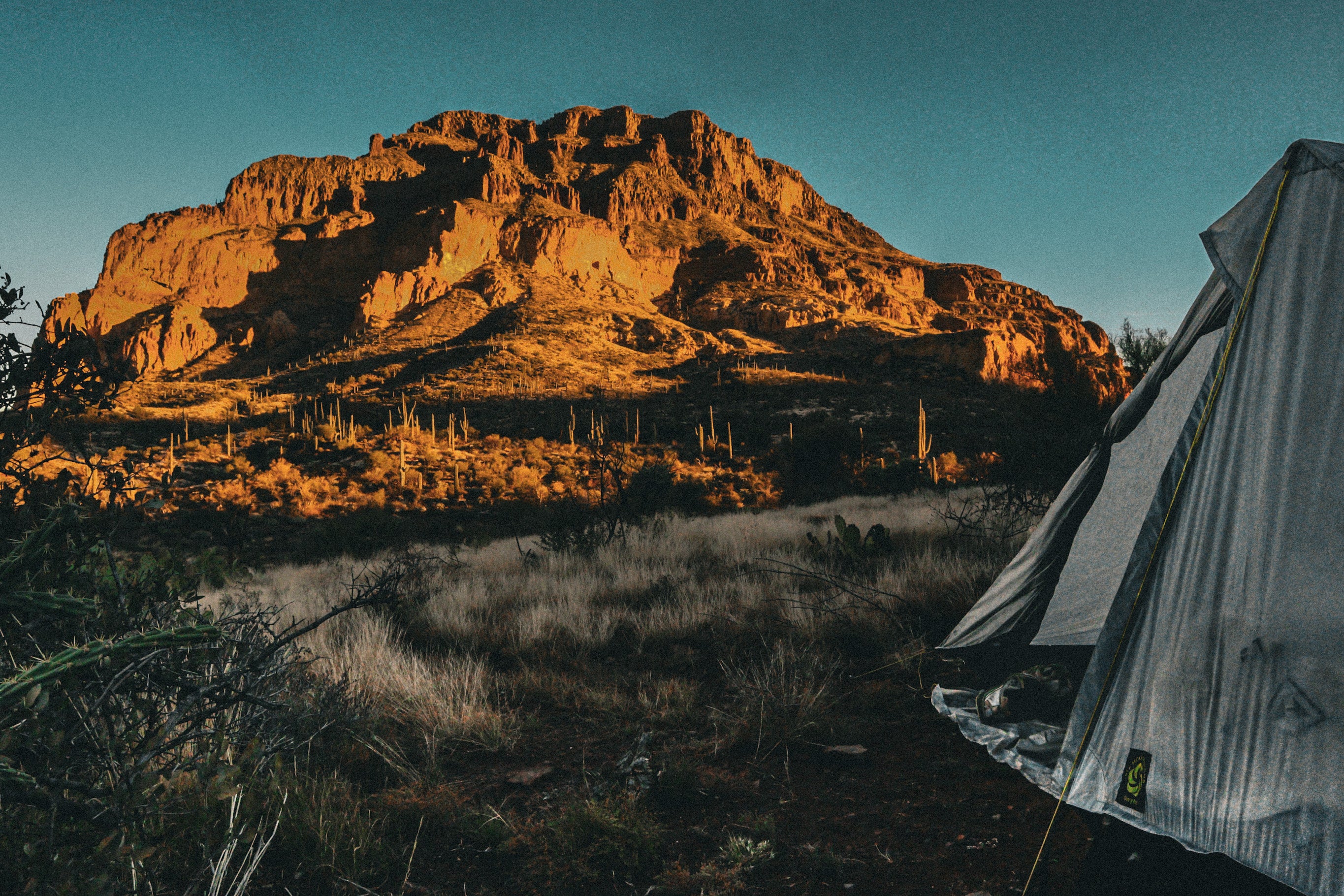
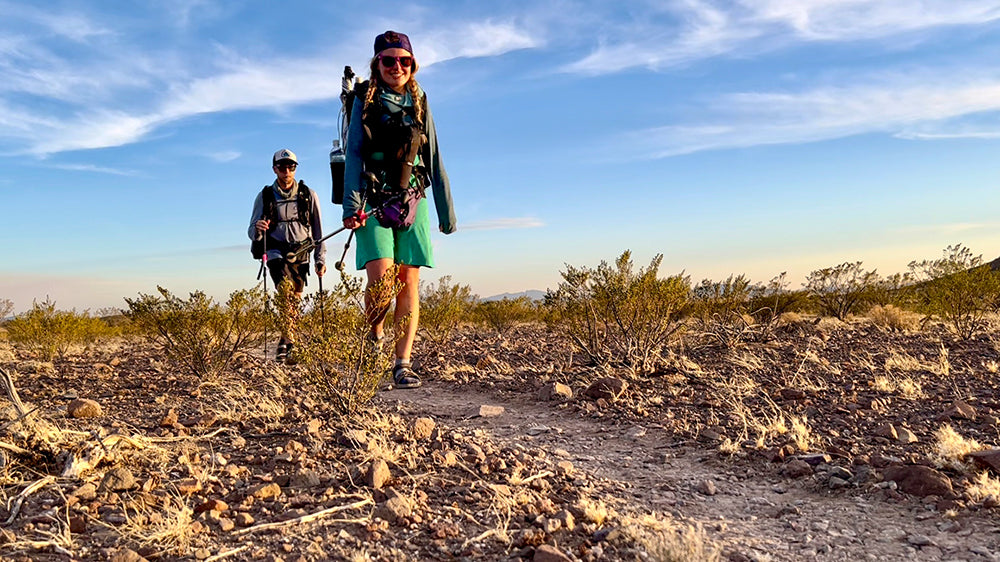
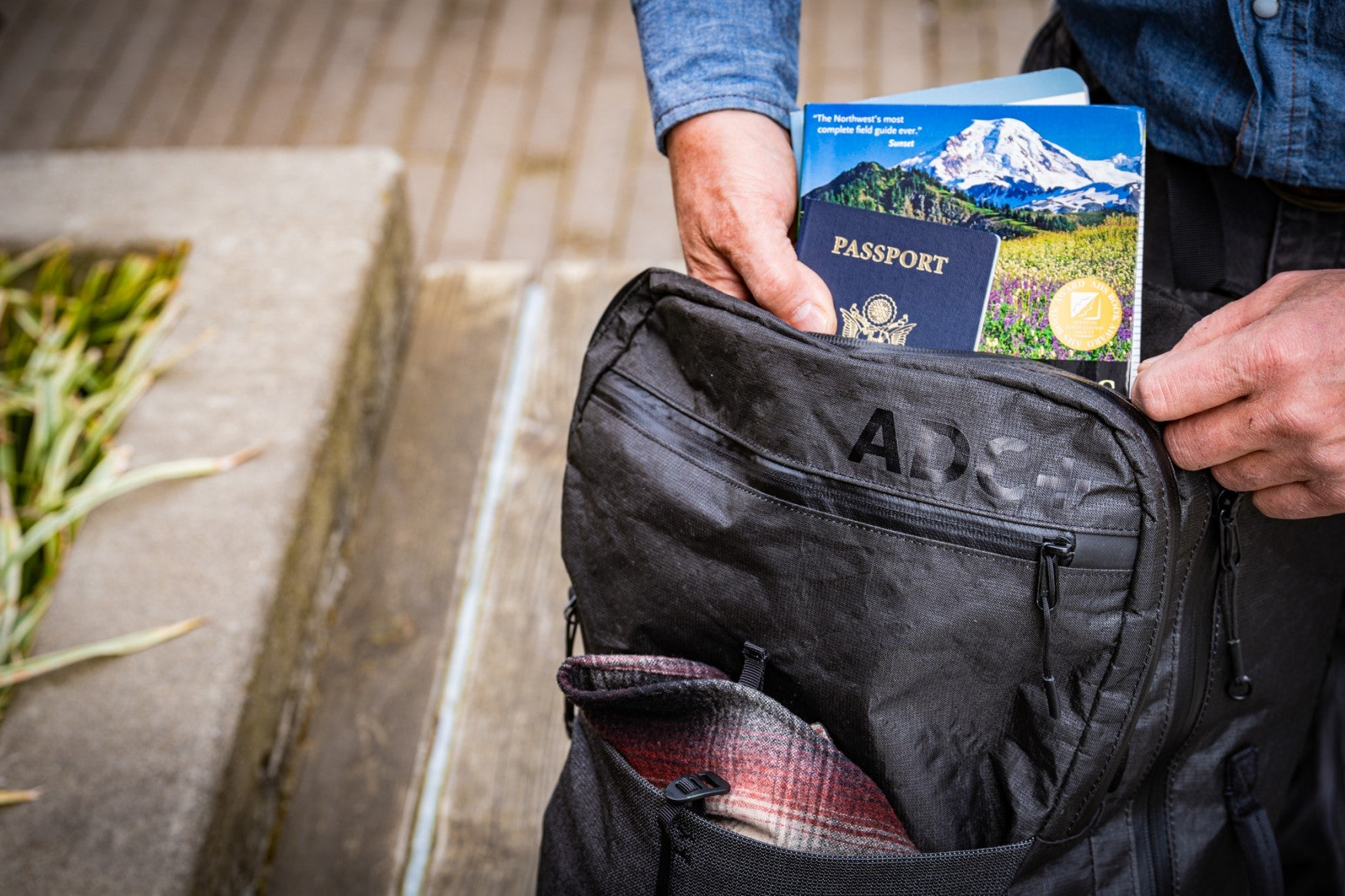
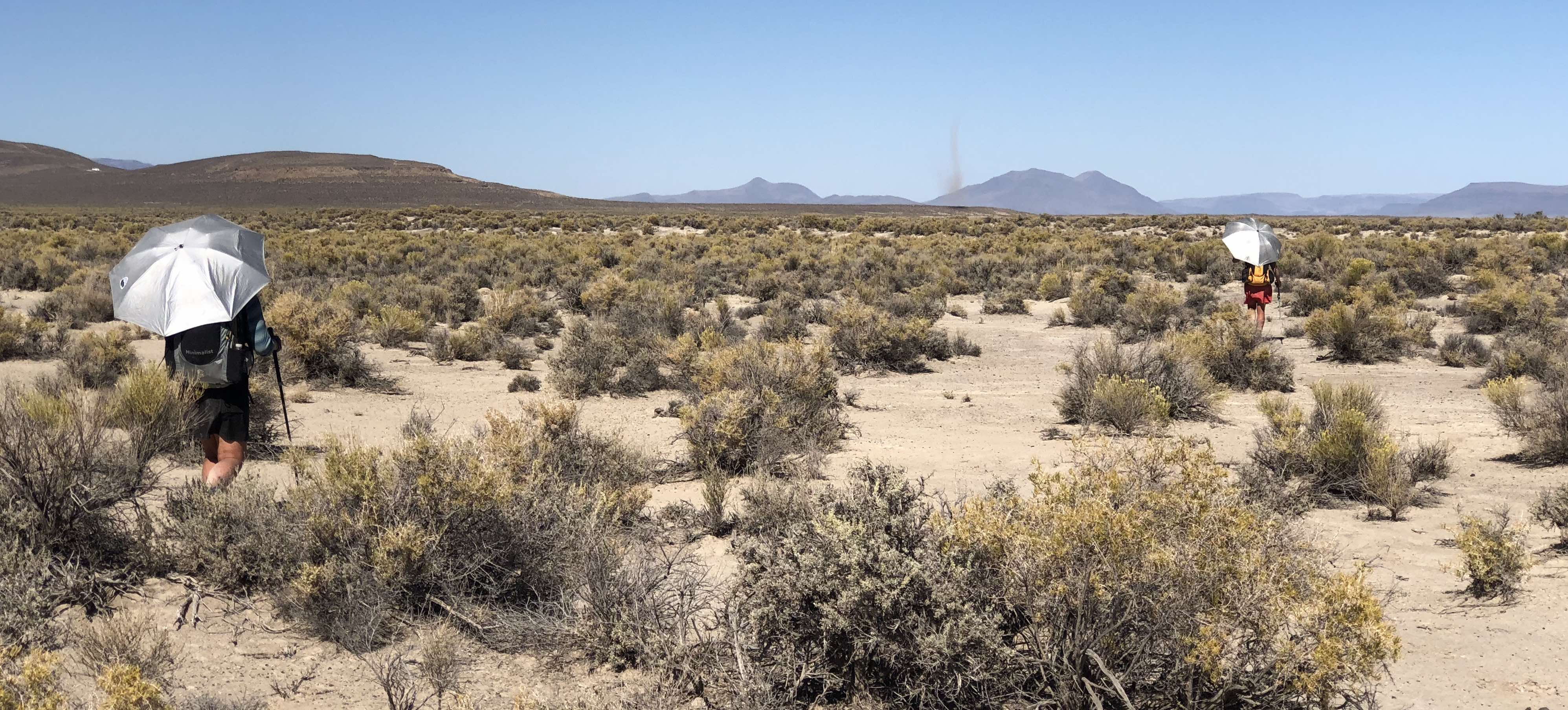
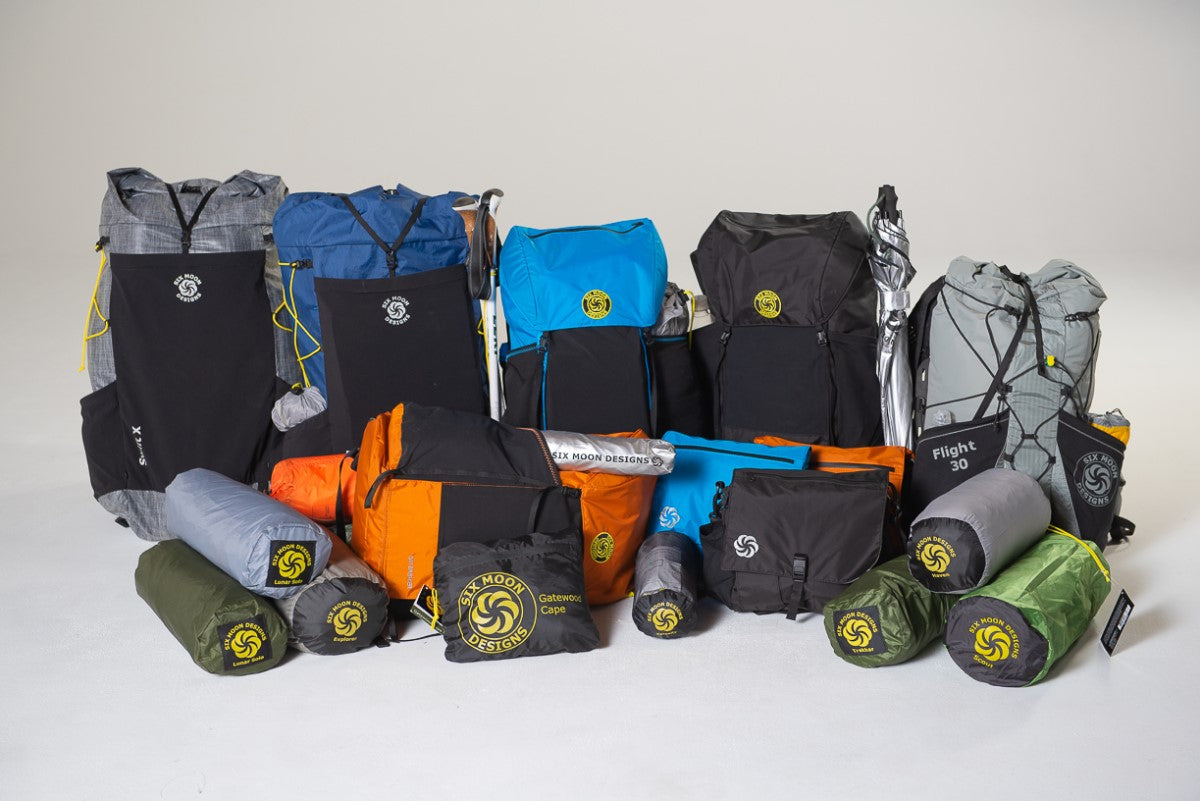
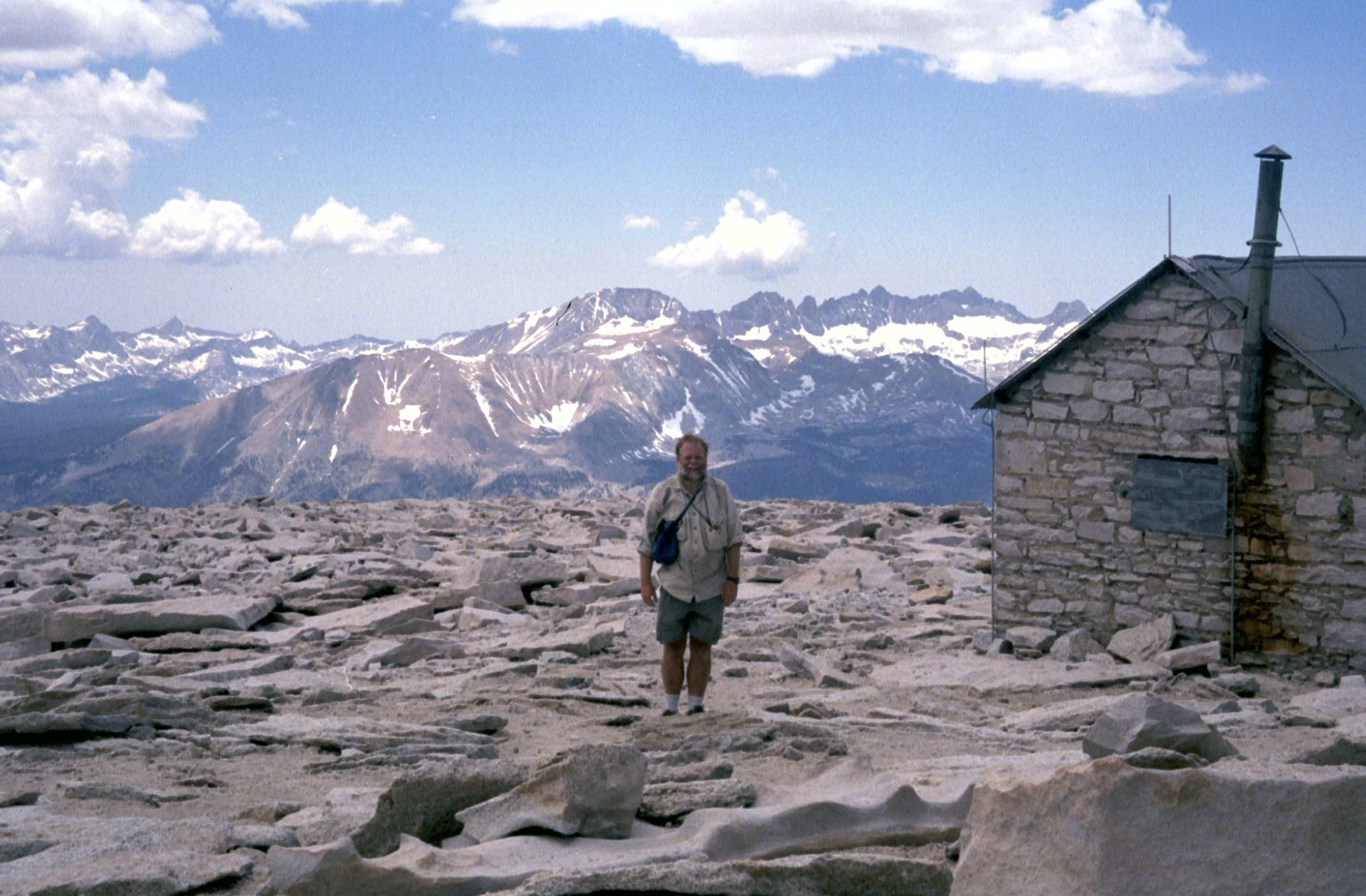
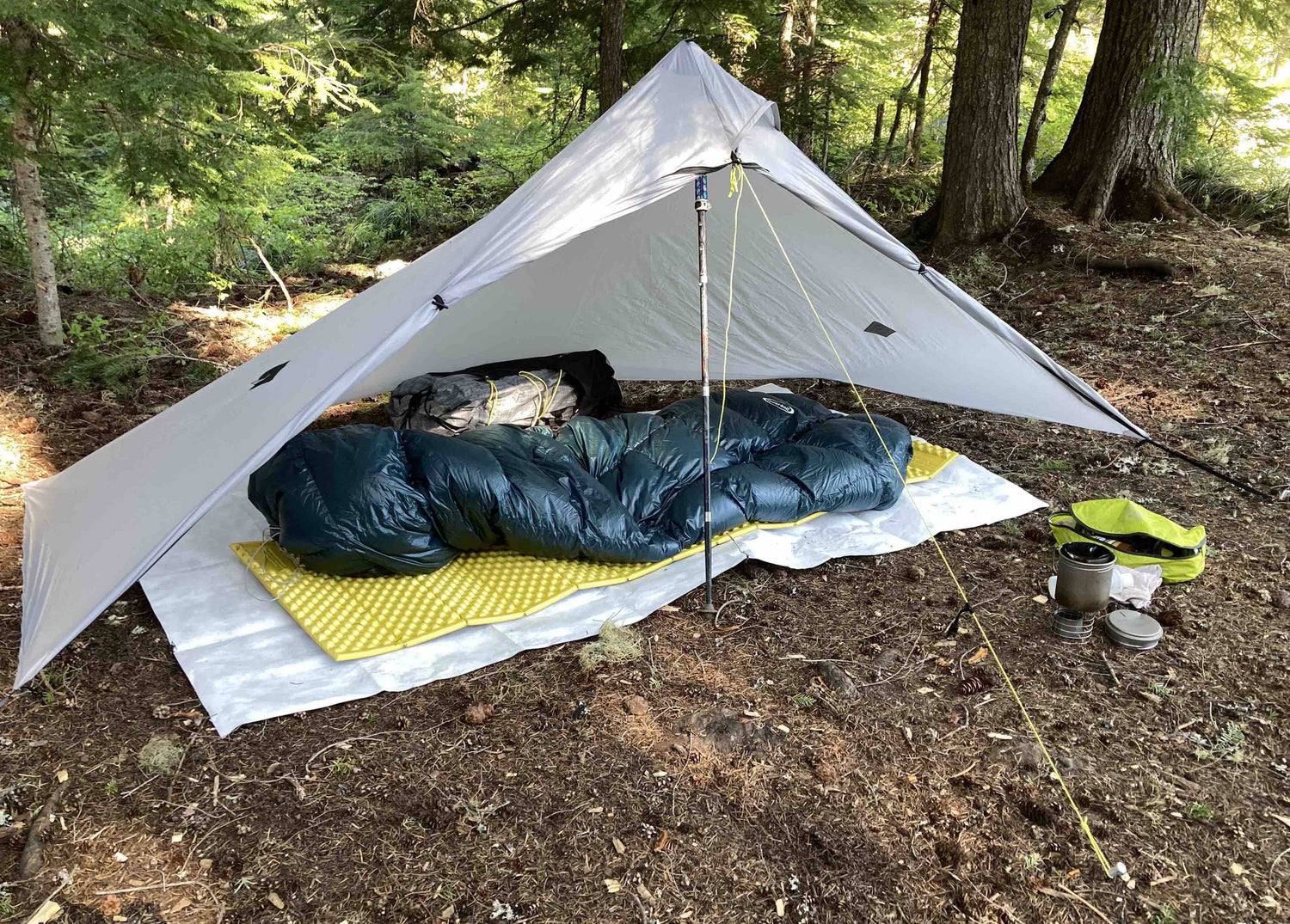
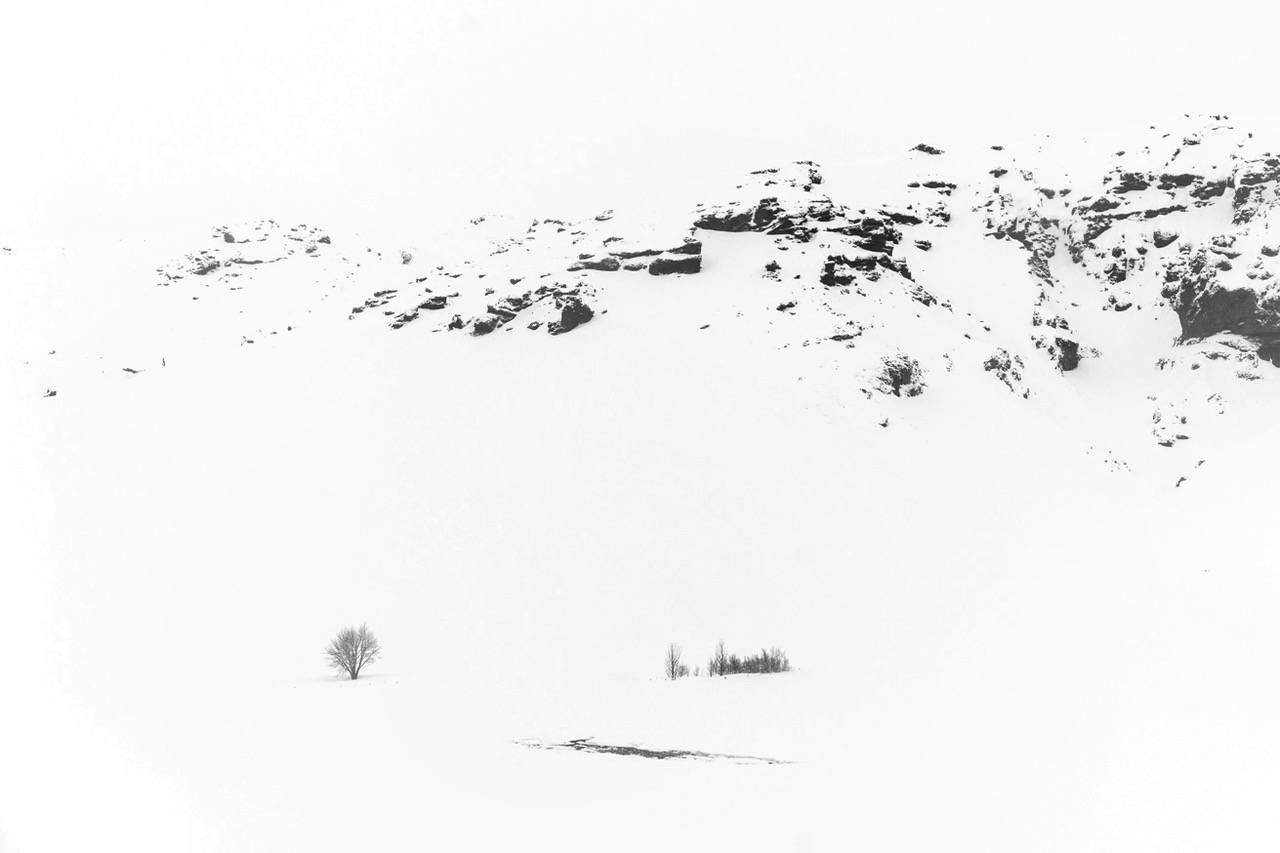
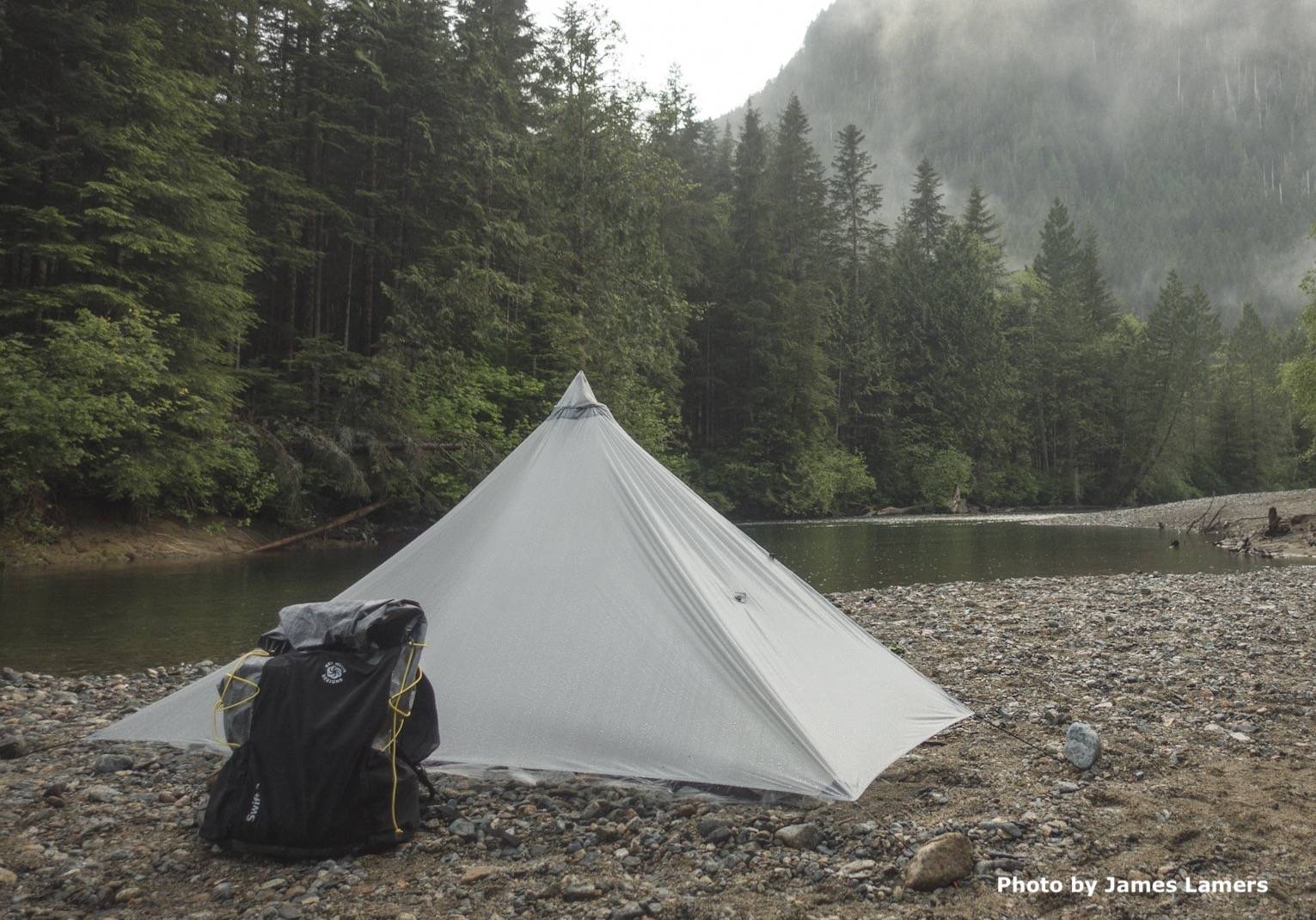
Leave a comment
This site is protected by hCaptcha and the hCaptcha Privacy Policy and Terms of Service apply.